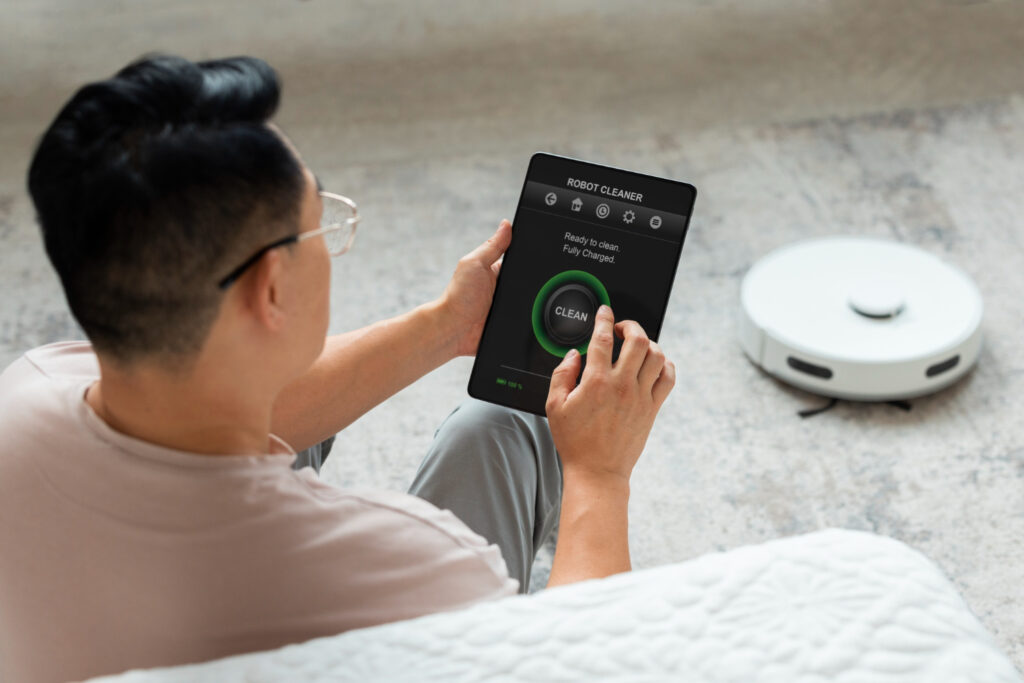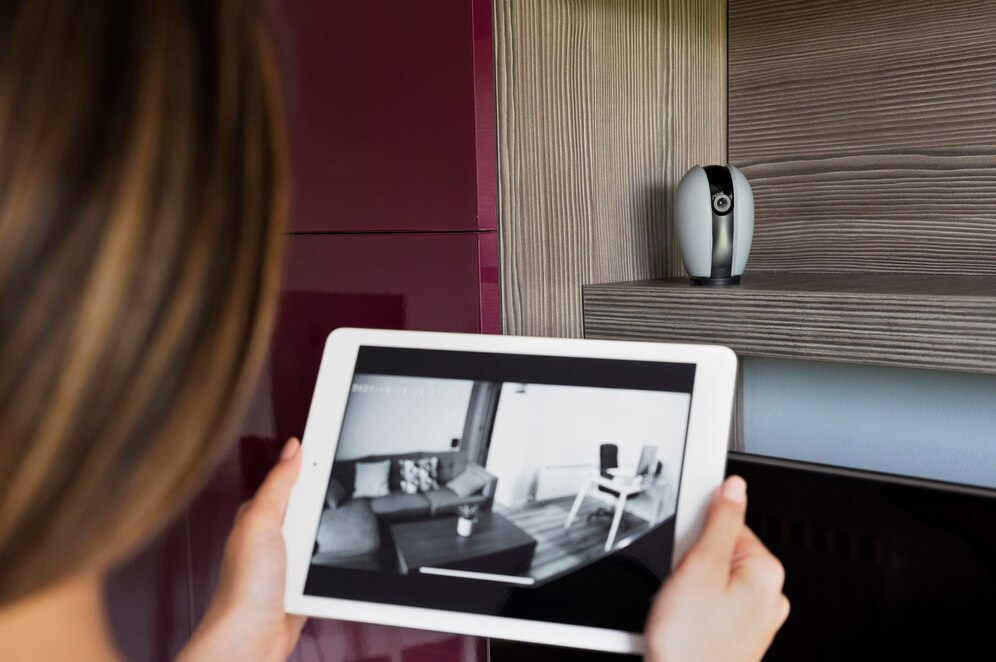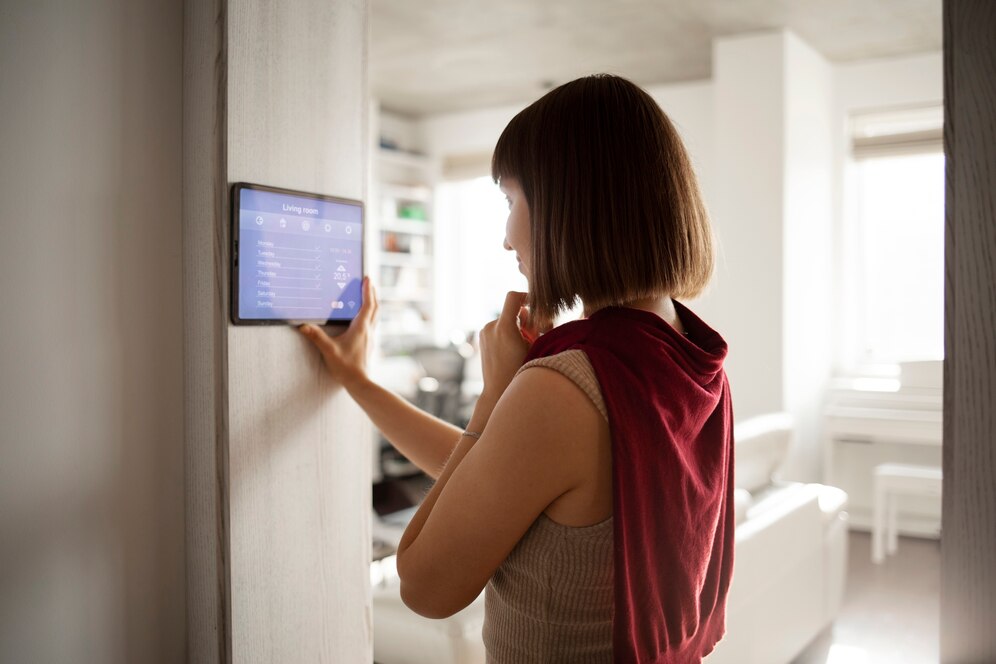The Technology Blog

How to Set Up a Smart Home on a Budget
Building a smart home doesn’t have to break the bank. With advances in technology and increased availability of low-cost products, creating a connected, efficient home is more accessible than ever. Whether you want to control lights with your voice, automate appliances, or secure your home remotely, a budget smart home setup is achievable with thoughtful planning and affordable smart devices.
This guide walks you through the best strategies, devices, and practical steps for creating a functional DIY smart home without overspending.
Pro Tip:
Start small by investing in one or two multifunctional smart devices that are compatible with multiple ecosystems (e.g., Google Home, Alexa, Apple HomeKit). This allows room for future expansion without replacing core components.
Quick Guide: Budget Smart Home Setup Essentials
- Choose a Smart Ecosystem: Select a platform (Google Assistant, Amazon Alexa, or Apple HomeKit) to streamline device compatibility.
- Start with a Smart Speaker or Display: These act as control hubs for voice commands, schedules, and integrations.
- Prioritise High-Impact Areas: Begin with lighting, security, or energy management—areas that provide maximum convenience and value.
- Look for Affordable: Starter Kits Many brands offer bundles of smart bulbs, plugs, or sensors that cost less when purchased together.
- Use Free Apps for Automation: Apps like Google Home, Alexa, Smart Life, and IFTTT allow complex automation without additional hardware costs.
Important:
Always verify device compatibility before purchasing. Not all affordable smart devices work across every ecosystem. Sticking to one ecosystem helps avoid connectivity issues and simplifies control.
Why Build a Smart Home on a Budget?
Smart homes offer enhanced convenience, energy savings, and improved security—but early adopters often pay a premium for the experience. Today, competition among brands and advancements in DIY smart home tech has significantly lowered the cost barrier.
Creating an affordable smart home doesn’t mean sacrificing quality or functionality. With the right approach, even budget devices can deliver automation, remote access, and voice control that make your home feel futuristic—and function smarter.
Choosing the Right Smart Ecosystem
Before buying anything, decide which voice assistant or control hub you want to use. Your smart ecosystem serves as the brain of your setup.
- Amazon Alexa: Best for wide device support, frequent discounts, and budget-friendly Echo devices.
- Google Assistant: Ideal for Android users and those who want natural voice recognition and built-in Google services.
- Apple HomeKit: This is great for privacy-conscious users in the Apple ecosystem. It offers fewer budget options but high integration quality.
Choose one ecosystem and stick with it to reduce compatibility headaches.
Top Affordable Smart Devices for Every Room
1. Smart Plugs
Cost: $10–$25 Use these to control lamps, fans, coffee makers, or other appliances via app or voice.
2. Smart Bulbs
Cost: $10–$20 each Change lighting color, dim brightness, and set schedules. Brands like Wyze, Sengled, and Kasa offer quality at low prices.
3. Smart Speakers/Displays

Cost: $30–$80 Amazon Echo Dot or Google Nest Mini offer reliable voice control and serve as your command centre.
4. Budget Smart Cameras
Cost: $20–$40 Indoor and outdoor Wi-Fi cameras from Blink, Wyze, or TP-Link offer live viewing and motion detection.
5. Smart Sensors
Cost: $10–$30 Use motion, temperature, or contact sensors for automation, like turning lights on when someone enters a room.
6. Thermostats and Energy Monitors
Cost: $40–$80 Look for budget versions of smart thermostats or smart plugs with built-in energy monitoring features.
Tips for a Successful DIY Smart Home Setup
- Use Wi-Fi-based devices instead of requiring a hub unless necessary. It simplifies setup and reduces hardware costs.
- Check power sources before buying devices like smart switches—some require a neutral wire.
- Consolidate apps using platforms like Google Home or Alexa so you don’t have to switch between brand-specific apps.
Energy-Saving Automations to Try
- Turn off all lights and plugs at a set bedtime.
- Use geofencing to turn off devices when you leave home.
- Program lights to mimic your presence when you’re away (deterrent for burglars).
- Schedule the heater or air conditioner to turn off once a comfortable temperature is reached.
These automations help reduce utility bills and make your home more energy-efficient—one of the long-term benefits of smart technology.
Common Mistakes to Avoid
- Mixing ecosystems before learning compatibility limitations.
- Overloading Wi-Fi with too many connected devices—consider upgrading to a mesh router if needed.
- Buying too many devices at once—start with essentials, test your setup, and scale based on experience.
Frequently Asked Questions

1. Can I really set up a smart home for under $100?
Yes. A basic setup with a smart speaker, a few smart bulbs, and a smart plug can be built for under $100, especially if you buy bundled kits or catch sales.
2. Do I need professional installation for smart home devices?
No. Most affordable smart devices are designed for DIY installation with step-by-step app instructions.
3. Will a budget setup work with voice control?
Absolutely. Once linked to Google Assistant or Alexa, most devices—even the affordable ones—can respond to voice commands.
4. Are budget smart devices secure?
Many low-cost brands offer strong encryption and regular firmware updates. However, always change default passwords and keep your router secure.
5. What if I switch from Alexa to Google Home later?
Some devices support both ecosystems, but not all. If you’re unsure, choose devices labelled as “works with multiple platforms” or those that support Matter, a new universal smart home standard.
Conclusion: Building a Smart Home Without Breaking the Bank

Setting up a smart home on a budget is not only possible—it’s easier than ever. Thanks to the availability of affordable smart devices and user-friendly apps, you can create a connected, energy-efficient home that enhances comfort and security.
The key is to start small, choose your ecosystem wisely, and build gradually. Whether you’re automating lights, enhancing home security, or reducing energy usage, a thoughtful DIY smart home approach delivers value without overspending.
With careful planning and a little creativity, your home can become smarter—and stay within budget.









